Let’s take a minute to talk about two lesser known wine grapes, one red and one white. If you easily get fatigued from Chardonnay and Cabernet Sauvignon, these will be two varietals you need to try. The grapes in the spotlight are Roussanne and Petite Sirah. Both grapes are capable of producing a robust wine that can offer a welcome alternative to the more popular choices.
Roussanne – a French native with incredible depth
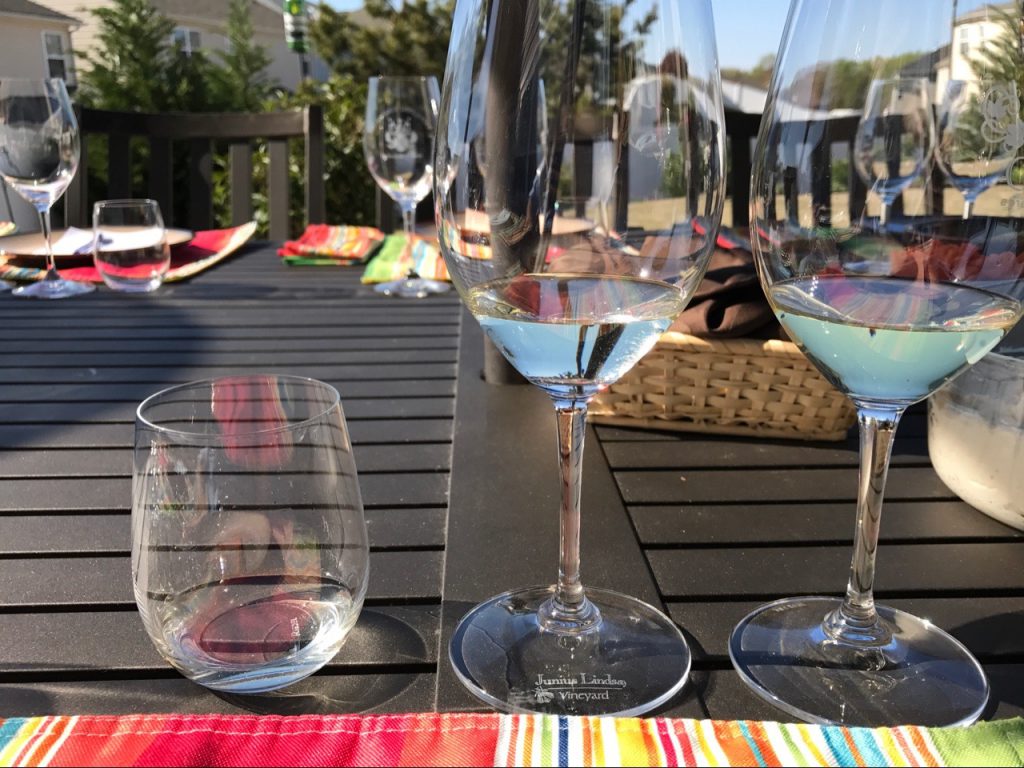
Three vintages of Roussanne from Junius Lindsay Vineyards.
Roussanne is a grape native to France. It is common in the Rhône Valley where it is often blended with Marsenne. In certain areas it can even be blended with red wines to boost acidity and add aromatics. Outside of France, Roussanne is grown in Italy, Australia, California, Washington, Texas, and North Carolina.
In the vineyard it can be a tricky grape to grow. It is prone to a variety of vineyard maladies. Average yields can also vary dramatically from year to year. In a good year though, the golden grapes appear almost a russet red. In fact, the name comes from a variant of the French word “roux” which roughly translates to russet (a reddish brown color).
As a wine it can be expressive and shows great potential for aging. When drunk early, it has a bright acidity and a fruit forward profile. This wine can also age for upwards of 7 to 8 years. In the later years, it becomes more oily in texture and the floral notes intensify. The flavor also deepens, showing buttery and nutty characteristics.
Petite Sirah – no longer just a jug wine
The other grape we want to talk about is Petite Sirah. Popular in California, this dark grape has long been popular as a blending grape. This grape makes an intensely dark wine with fairly substantial tannins. It isn’t uncommon to find this grape in a Zinfandel blend as it helps balance out some of the jammy characteristics.
Outside of the US, Petite Sirah is known by the name Durif. It’s common in Australia, and that’s about it. In its native home of France, you’ll struggle to find it as it is looked down on as a wine grape (they favor Petit Verdot). It’s origins stem from a time when commercial bulk wine was in demand and glass “jugs” of wine were commonplace. Modern wines steer clear of this bulk wine mentality and many vintners are crafting delicious Petite Sirah wines worthy of being in your glass.
Roussanne and Petite Sirah here in North Carolina
Lucky for us, both grapes have found a home right here in North Carolina. At Junius Lindsay Vineyards, these grapes are among the more prominent varietals. Vineyard owner Michael Zimmerman has been growing these grapes since 2006. They were some of the last grapes added to his vineyard, bringing his total plantings up to around 11 acres of grapes.
Roussanne and Petite Sirah are both bottled as single varietal wines as well as used in blends at Junius Lindsay. We were fortunate enough to have built up a small vertical collection of both wines over the years. Recently we gathered a group of friends and hosted a library tasting of five wines, three of Roussanne and two of Petite Sirah. Read on for our the tasting notes we compiled from the event.
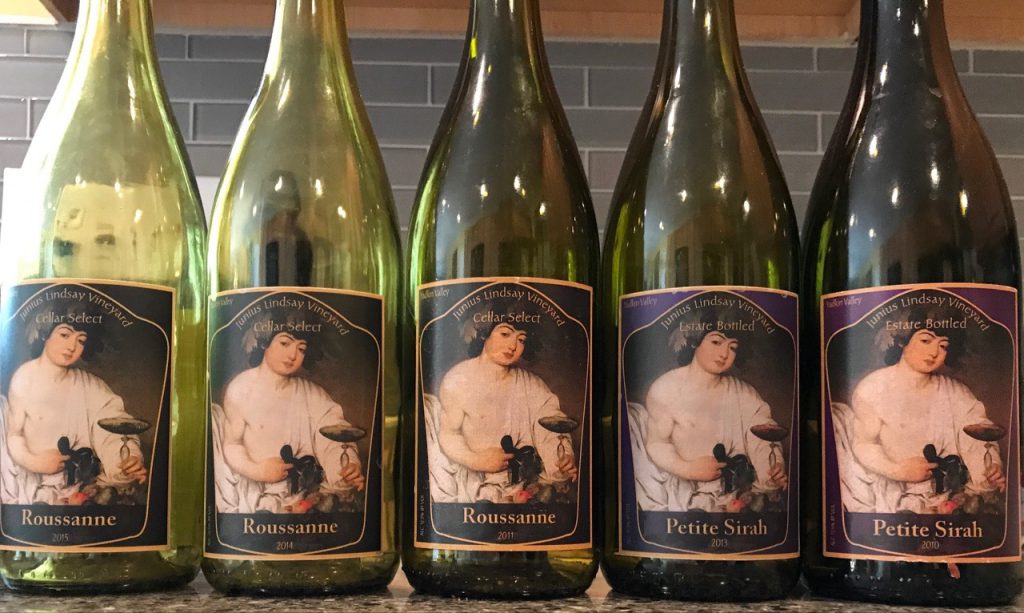
Our lineup of wines for the vertical tasting. Roussanne vintages 2015, 2014, & 2011 Petite Sirah vintages 2013 & 2010
Tasting notes
2015 Roussanne – Peaches and grassy were the primary descriptors for the aroma of this wine. The flavors were fresh and crisp with more peaches up front followed by a mineral rich mid-palate. The fruit was bold and up front on this one leading on a touch of perceived sweetness, yet it is bone dry.
2014 Roussanne – Tropical fruits such as mango, banana, and coconut came through on the nose of this wine. Not as bright as the 2015, it still had a fresh burst of fruit. A slight oily/buttery mid-palate came through and led to a dry finish.
2011 Roussanne – Bottle aging on this wine really brought out more of the nutty characteristics of this wine. The nose was smooth and deep. Buttered pears were the main descriptor of the flavors. Each sip gave way to another layer of flavor. The wine lingered with a complex and broad feeling and faded out slowly.
2013 Petite Sirah – This fruit forward wine was lively and vibrant. Cherries, vanilla, and a soft floral note decorated the nose. The flavors were of fresh fruits and opened up more with each sip. Mid-tones of caramel and a subtle tobacco came through into the finish.
2010 Petite Sirah – Dark, masculine, and brooding were the main descriptors of this wine and sum it up nicely. The nose was filled with pipe tobacco and leather supported by a woody backbone. The earthy profile of this wine came through in the flavors where leather and forest floor came to mind. Imagine if you will, an old English library filled with leather bound books, a large wooden desk and heavy dark curtains. This wine will easily transport you there on the first sip.
Want to know more?
If you liked our descriptions of these wines, we recommend you head out to Junius Lindsay Vineyards and pick up a few for yourself. The 2015 Roussanne and the 2013 Petite Sirah are the current vintages, but there are also several other wines available for tasting and for purchase.
Junius Lindsay Vineyards is located at 385 Dr. Zimmerman Road in Lexington, NC 27295 or by phone at (336) 764-4050.
[su_gmap address=”Junius Lindsay Vineyards, Lexington, NC”]

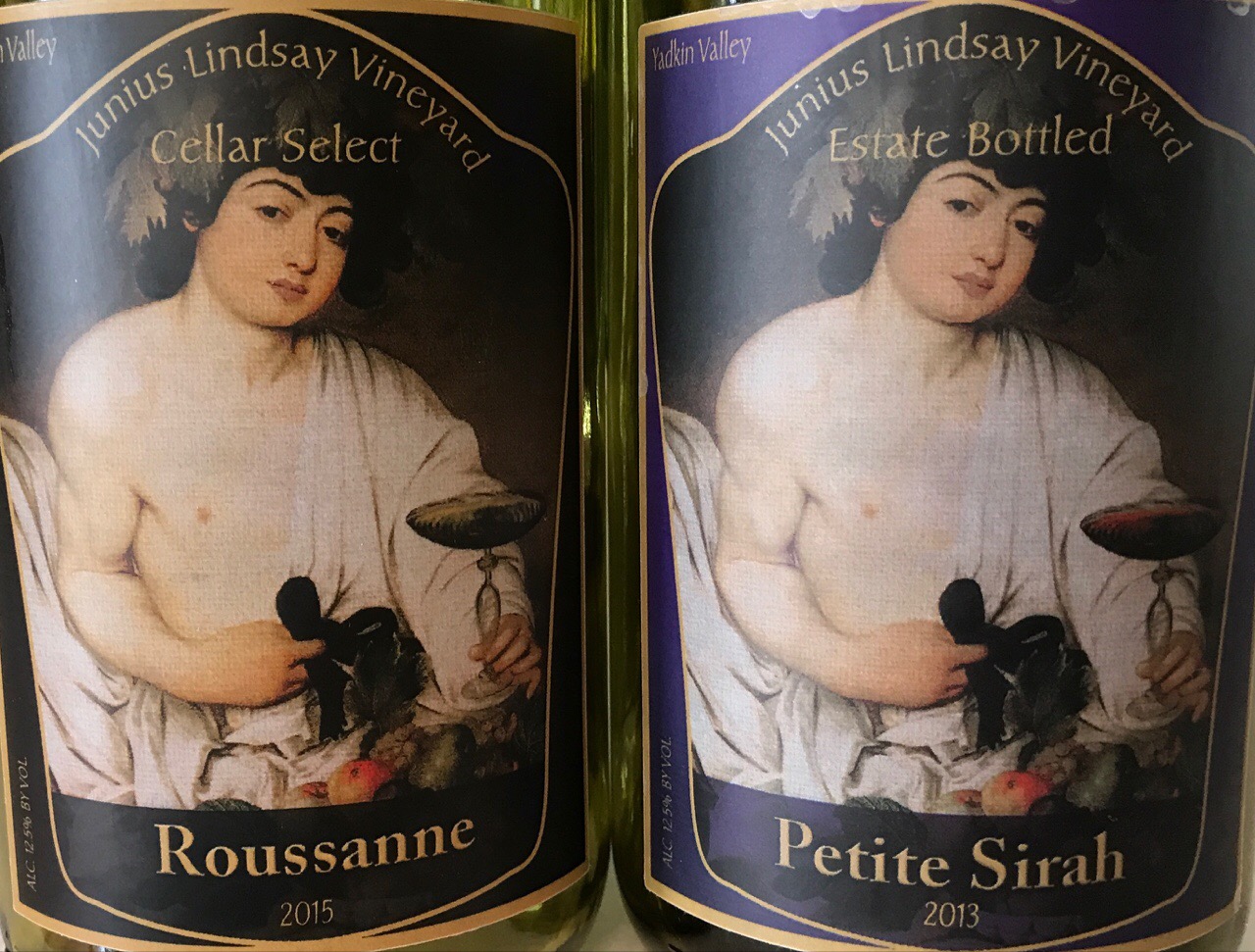


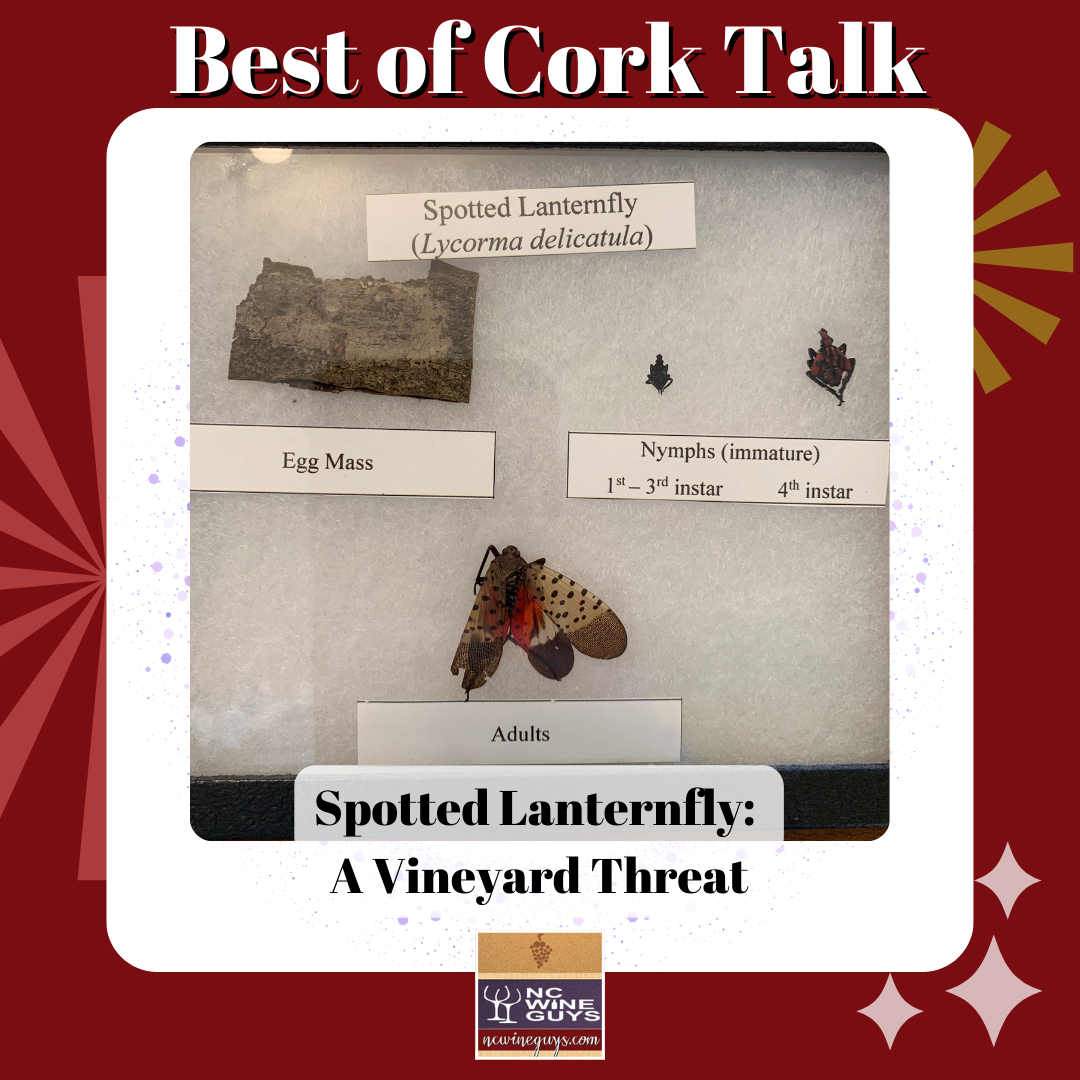
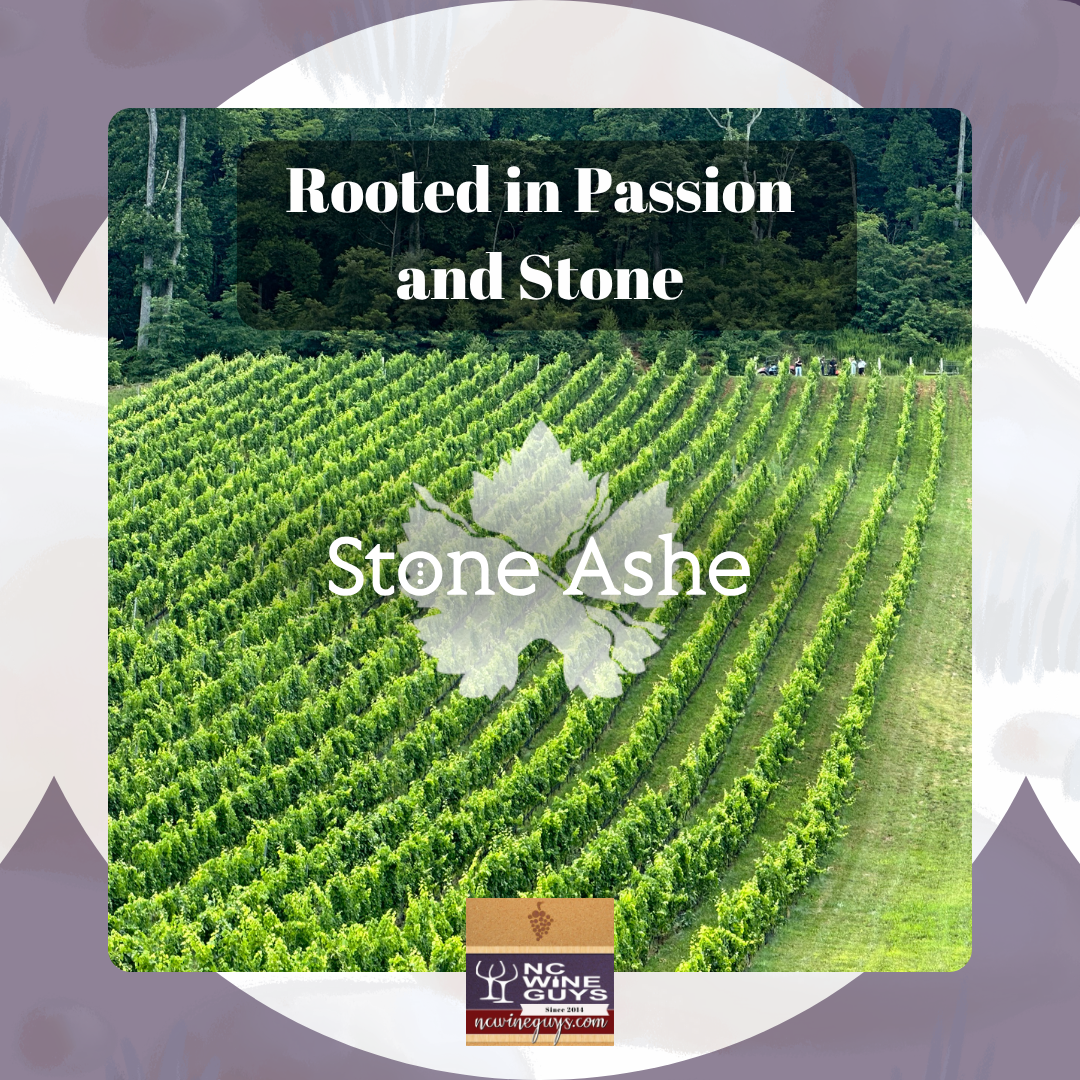
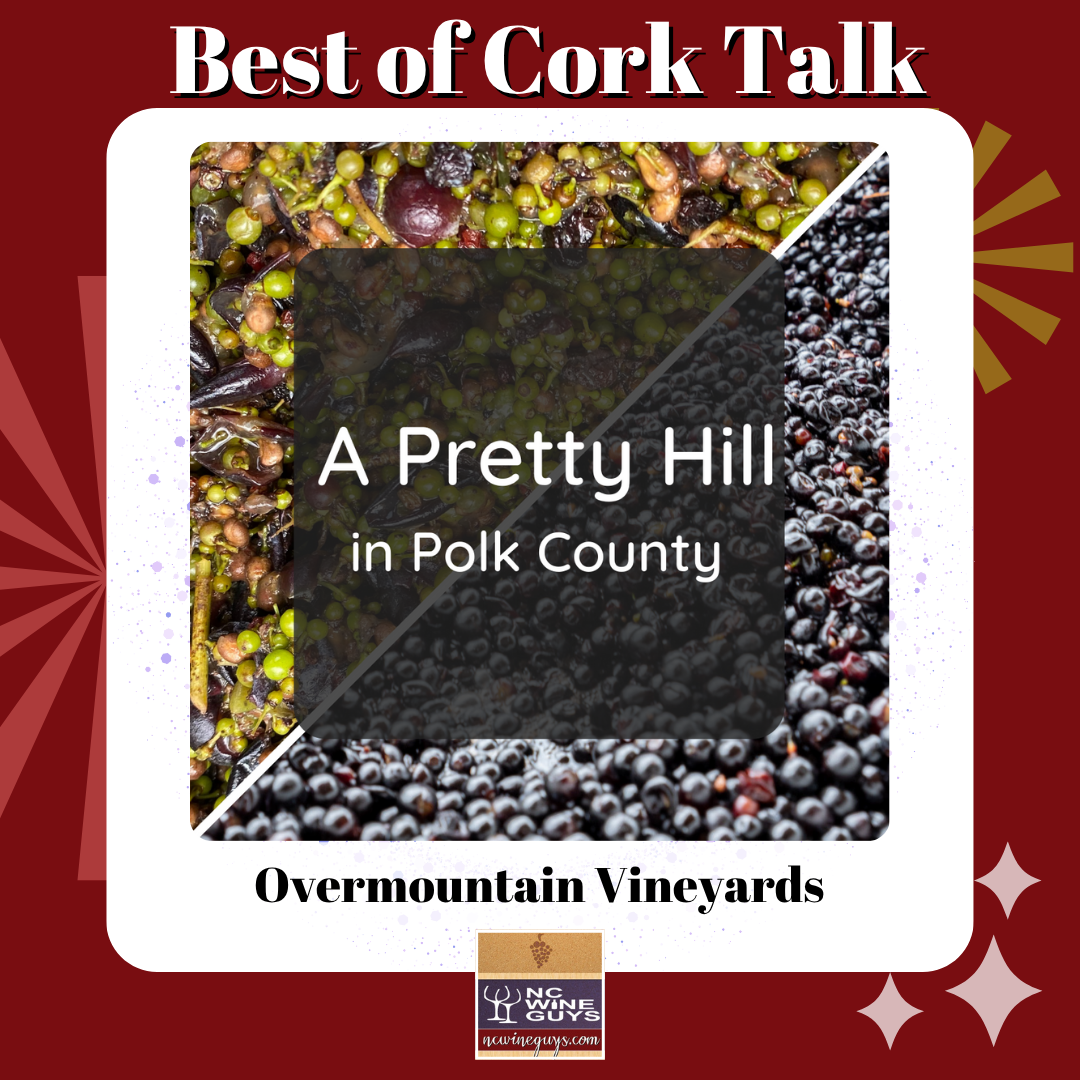



[…] Not too long ago, we did a spotlight on Roussanne. Check out the post here. […]